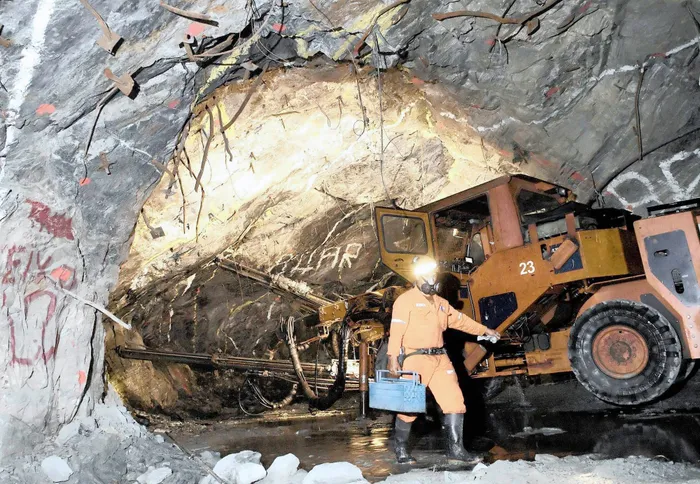Huge surplus projected as platinum loses its shine

The global supply and demand for platinum are expected to fall by 2 percent. Photo: Bloomberg The global supply and demand for platinum are expected to fall by 2 percent. Photo: Bloomberg
JOHANNESBURG – The market is projected to have a 295 000 ounce surplus of platinum this year as supply and demand of the precious metal dips, the World Platinum Investment Council (WPIC) said in its 2018 second quarterly report released yesterday.
Both the global supply and demand for platinum are expected to fall by 2 percent, respectively, this year, resulting in the surplus, which remains unchanged since last year, the report said.
“Today’s report shows that the global platinum market faces a number of key challenges to both supply and demand. As we have remarked in the past, supply remains constrained and we expect this to remain the case for the foreseeable future,” said Paul Wilson, WPIC's chief executive.
Global demand for the precious metal will likely slip by 2 percent year-on-year, or 150 000 ounces, lower to 7 910 ounces this year, as total mining output falls by 3 percent (-155 000 ounces) to 6 015 ounces. It expects recycling to be 5 000 ounces higher.
In terms of supply, global refined production is forecast to fall by 2 percent to 6 025 ounces in 2018.
“South African supply would decrease by 1 percent to 4 335 ounces, with closure of loss-making production areas during 2017 resulting in a 105 000 ounce reduction this year,” the report said.
The report, however, added that four production areas were ramping up – contributing an additional 75 000 ounces year-on-year – and ore stockpiled during tailings dam rehabilitation.
South Africa is home to 80 percent of the world’s platinum reserves, and miners have been crippled by the weak price and high input costs.
Impala Platinum, the world’s second-largest platinum producer, announced in August it would cut its workforce by 13 000 employees over the next two years at its operations in Rustenburg.
Seleho Tsatsi, an investment analyst at Anchor Capital, said the decline in global demand signalled the need for further cuts in production.